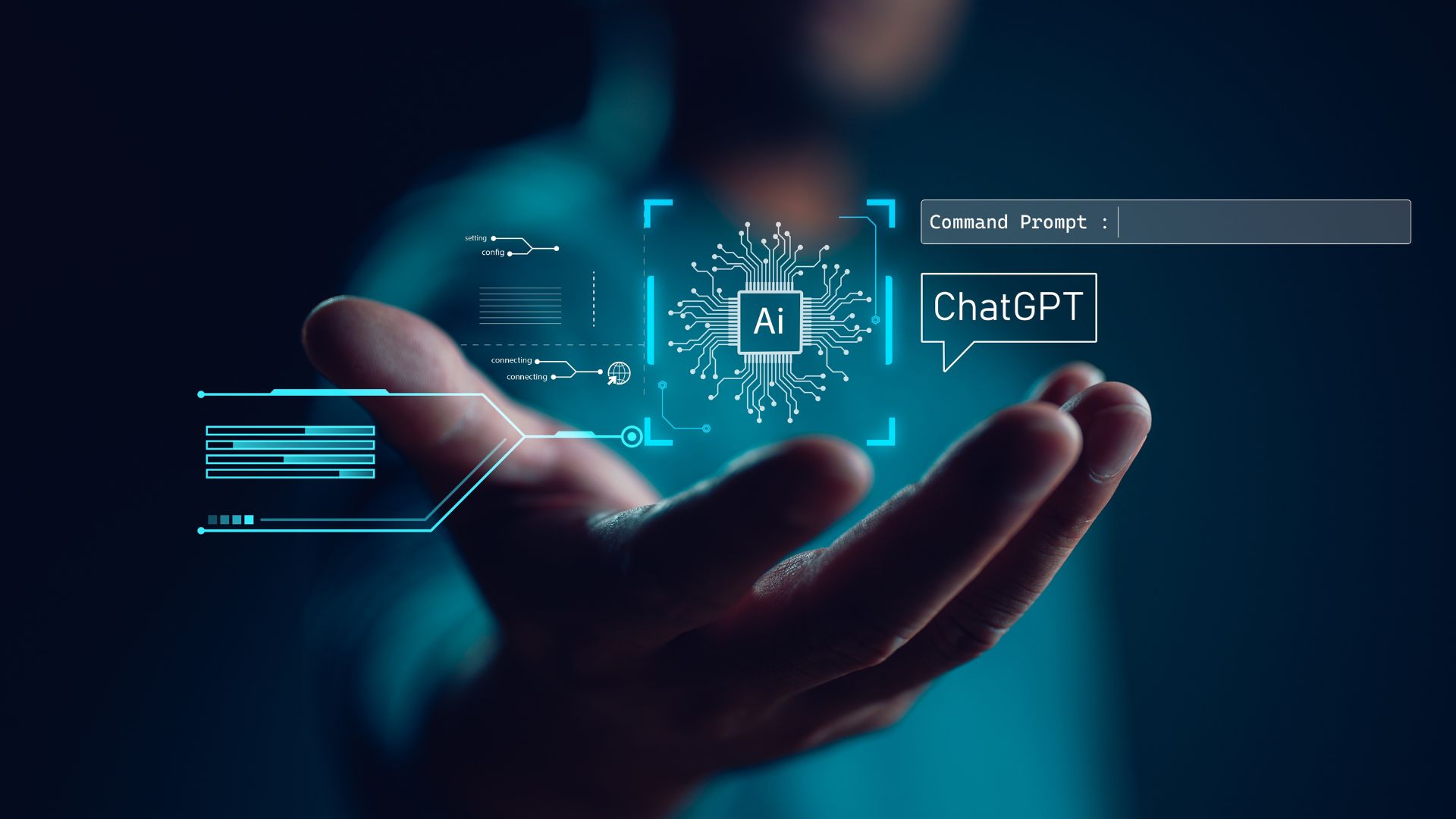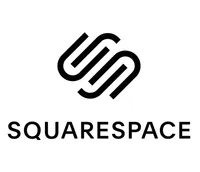AI in Marketing isn’t a leap anymore – it’s the new baseline
The impact of ChatGPT’s new image generation feature on marketing

When I get asked the inevitable question of what keeps me up at night, my answer is always the same: the pace of business. That’s especially true today. The speed of AI innovation and its impact on how we work, create and operate is breakneck. We’re not just moving faster. We’re moving differently. And that’s what makes this moment such a big deal.
We’re shifting how decisions get made, how creative gets produced, and who gets to contribute. AI is flattening workflows, compressing timelines and changing expectations in real time. That’s exciting, but it’s also a lot to manage. If we don’t stay intentional, we risk moving so fast we lose sight of what actually matters.
We saw this play out recently with OpenAI’s rollout of image generation inside ChatGPT. It wasn’t just another product update—it lowered the barrier in a way that changes who gets to create, and how fast. This wasn’t just a tech update—it was a major shift in accessibility.
Half a billion people now have the power to create visuals on demand without opening a new app, setting up an account or learning new software. Sure, AI image tools have been around for a while. But now they’re right there, baked into a tool people are already using multiple times every day. That’s the difference.
This isn’t just innovation. It's normalization. And it signals something bigger.
Speed now defines the way we work. AI isn’t just for engineers and data scientists anymore. It’s become a standard part of the marketing toolkit. And for marketers and agencies, underestimating this shift isn’t just a missed opportunity—it could be a liability.
CEO of Creatopy.
Use AI to accelerate thinking, not replace it
With a few lines of text, you can produce everything from a rough concept to a surprisingly polished ad visual. In seconds. This collapses the early stages of the creative process—brainstorming, moodboarding, mocking up—into a real-time, iterative flow. It’s no longer a linear process gated by resources or expertise. It’s conversational, collaborative, immediate.
Sign up to the TechRadar Pro newsletter to get all the top news, opinion, features and guidance your business needs to succeed!
But when speed becomes universal, it stops being a competitive advantage. Strategy becomes the differentiator. The question isn’t “How fast can we make something?” but “Are we making the right thing, in the right voice, for the right moment?”
AI can help you generate content, but it can’t define your brand narrative or understand the emotional nuance of your audience. That still takes human insight. The marketers who win in this new landscape will be the ones who use AI to accelerate their thinking, not replace it.
Squarespace is offering TechRadar readers a 10% discount
With Squarespace, you get every ingredient at your disposal to cook up a stylish website, from loads of beautiful, mobile-optimized templates designed for your industry to an intuitive interface and 24/7 support. If you want to spice things up, the Business and upper plans come with premium design blocks and advanced analytics. Just pick your plan at Squarespace and use the code TECHRADAR10 at checkout to save.
AI is changing everything, including how you protect your brand
One of the most immediate challenges we’re hearing from marketing leaders is brand consistency. When anyone on the team can spin up an image in seconds, the risk of going off-brand—visually or tonally—increases dramatically.
This doesn’t mean locking down creativity. It means evolving brand governance for the AI era. Clear design systems, approved prompt libraries and integrated review workflows will become essential. Companies that get this right will turn brand consistency into a true advantage, creating more content without sacrificing cohesion or quality.
We’re already seeing forward-thinking teams explore how to integrate these tools into their sales pipeline without losing control. Expect to see more CMOs investing in systems that combine flexibility with oversight.
Measuring creativity is the next frontier
If AI speeds up content creation, it also raises the stakes for performance data. We can now test dozens of creative variations in a single campaign sprint—but without timely, actionable insights, that velocity goes to waste.
The traditional launch-wait-analyse-iterate cycle is too slow for this new pace. Instead, marketers need tighter, real-time feedback loops that connect content creation with audience response. Tools that integrate creation, publishing and performance tracking into a single workflow will become critical.
In other words, creative iteration doesn’t just need to be faster. It needs to be smarter. The best teams will treat every piece of content as a hypothesis, and every campaign as a learning engine.
What’s next?
The launch may have happened weeks ago, but we’re just beginning to see the real impact unfold. The ad industry is waking up to a new reality: the tools are changing fast, and with them, the expectations of what marketers can deliver—and how fast.
Here are three things I’d suggest every brand and agency leader do now:
Give your team room to test, learn and move fast: Give your team room. See where AI tools spark creativity, and where they cause confusion. Use that intel to guide smart adoption.
It’s time to future-proof your brand playbook: Include AI-specific guidance: prompt templates, review steps, examples of what “on-brand” means in this new context.
Close the loop between content and performance: Don’t let AI outpace your measurement. If you’re producing faster, you need to learn faster too.
The tools will keep evolving. That much is certain. But this moment—the one we’re in right now—is about adaptation. Not to the tools themselves, but to the new cadence of creative work they’re enabling.
We've featured the best online marketing services.
This article was produced as part of TechRadarPro's Expert Insights channel where we feature the best and brightest minds in the technology industry today. The views expressed here are those of the author and are not necessarily those of TechRadarPro or Future plc. If you are interested in contributing find out more here: https://www.techradar.com/news/submit-your-story-to-techradar-pro
CEO of Creatopy.
You must confirm your public display name before commenting
Please logout and then login again, you will then be prompted to enter your display name.
